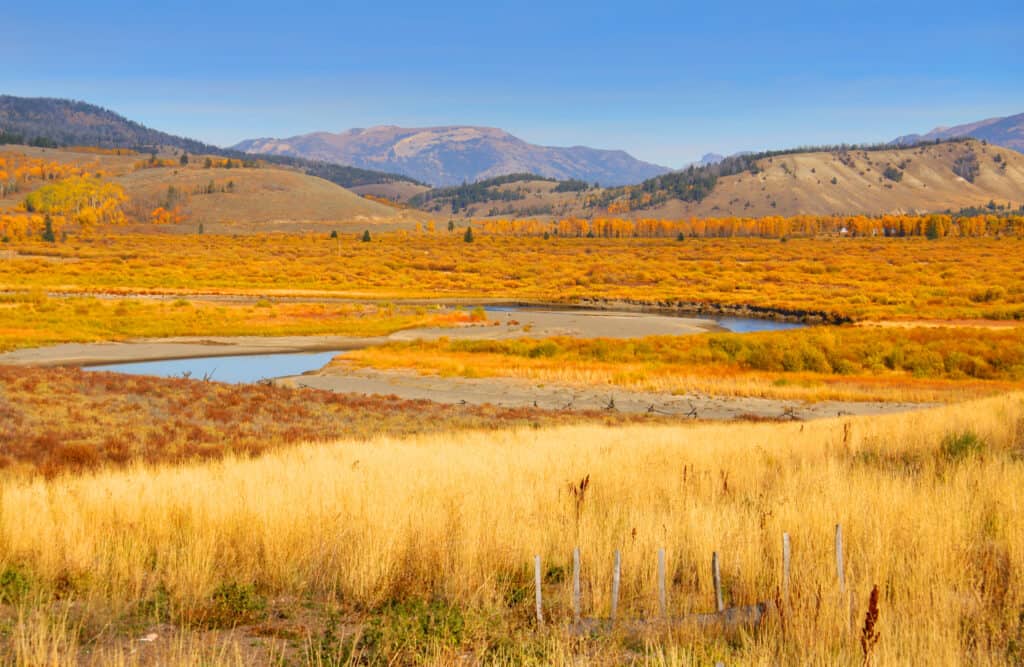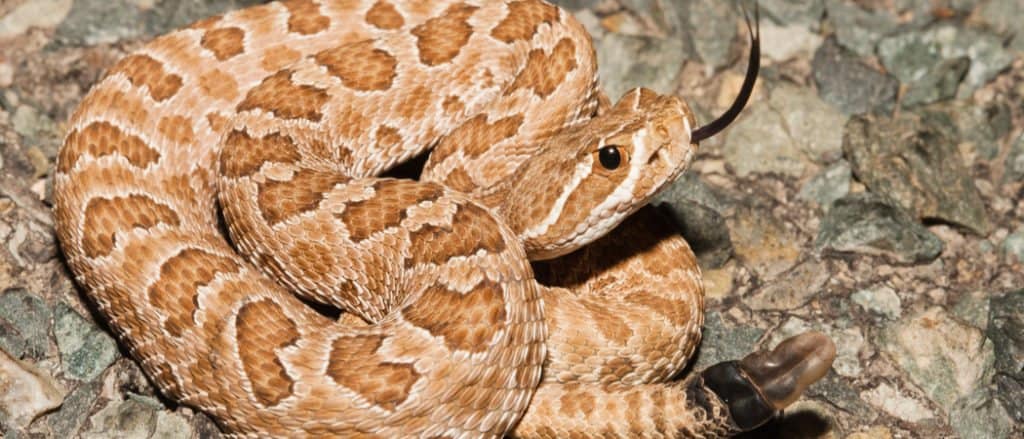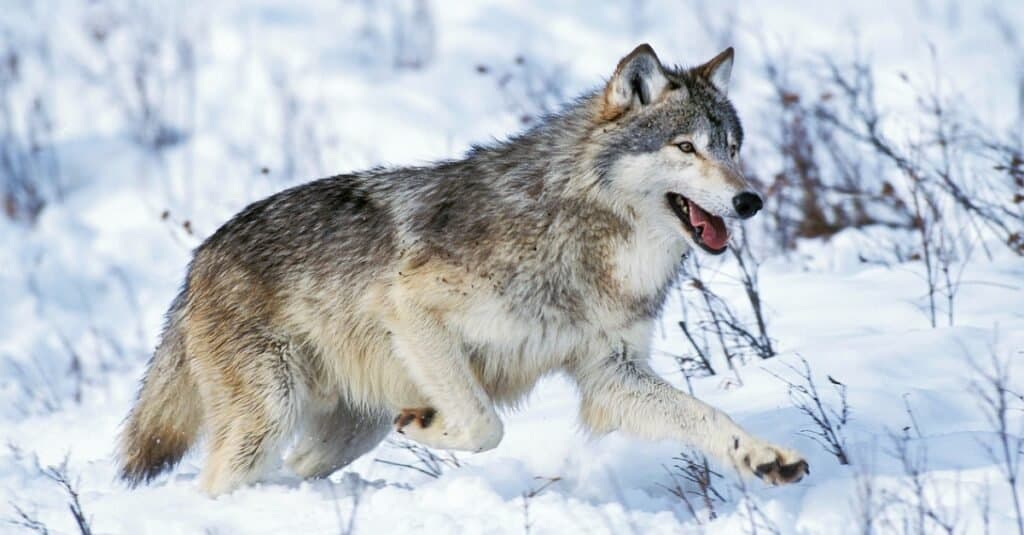For five seasons, Paramount’s hit tv show “Yellowstone” has wowed viewers with an interesting storyline and fearsome animals. The show is a drama with brief sweet and comedic moments. Even if you have never seen an episode of this show, keep reading to learn more about three of the most dangerous animals featured in “Yellowstone” and why they are dangerous.
What is Paramount’s Hit “Yellowstone”?
The first season of this American neo-Western drama premiered on June 20, 2018, and four years later, we are on season 5. This show follows the Dutton family and their drama surrounding the massive Yellowstone Dutton Ranch in Montana they own. Near the ranch sits the Broken Rock Indian Reservation, Yellowstone National Park, and developers. Each episode is filled with drama as the characters interact and try to keep their old ranch safe.
What is Yellowstone National Park?
While Paramount’s hit show “Yellowstone” is not based on a true story, its location is very real. Yellowstone National Park is located in Wyoming, Montana, and Idaho. It sees an average of about 3 million visitors every year. It recently celebrated its 150th birthday as it was established on March 1, 1872. President Ulysses S. Grant signed the Yellowstone National Park Protection Act into law. The park is large with an area of 2,129,791 acres. Before European exploration, Native Americans had lived in the mountainous region for at least 11,000 years.
Yellowstone National Park is made up of beautiful natural sights like glacial lakes, mountain ranges, canyons, forests, and rivers. Fun fact: Over half of the world’s geysers are in this national park. Since the land the park sits on is mountainous, it quickly reaches high temperatures of up to 99 degrees and lows of -66 degrees Fahrenheit. Interestingly, tourists were once encouraged by park rangers and other visitors to hand-feed bears, going as far as posing with them. This is no longer allowed since it’s dangerous and messes with the unique diets of the animals.

Yellowstone National Park is a national treasure. It’s also home to more than 200 animal species.
©SNEHIT PHOTO/Shutterstock.com
Common Animals in Yellowstone National Park
Since Yellowstone National Park is so large, it shouldn’t surprise you to know that there are at least 200 species of animals who live there. Some of the more common larger animals include grizzly bears, bison, elk, moose, and black bears. You should never try to feed these wild animals as they can attack you. Even if they don’t, human food and snacks are not part of their natural diet, which can hurt them. Not only are large mammals common in Yellowstone National Park, but you can also find at least 300 species of birds including the mountain bluebird, bald eagle, dusky grouse, trumpeter swan, and sandhill crane.
The 3 Most Dangerous Animals on Paramount’s Show “Yellowstone”
Quite a few animals have made their guest appearances on the show “Yellowstone,” but what are some of the fiercest? The three most dangerous animals in “Yellowstone” are rattlesnakes, wolves, and bears. Some of the main characters in this series have come face to face with them and have interesting tales to tell. Keep reading to find out more about each animal and why they are considered dangerous.
About Prairie Rattlesnakes
There are only six confirmed snake species living in Yellowstone National Park, and one is the prairie rattlesnake. A rattlesnake appears on the television show too! Slight spoilers ahead …
In one episode, Rip Wheeler kills Roarke Morris, a hedge fund manager and developer, with a rattlesnake. It bites his face, killing him almost instantly, which isn’t accurate. While rattlesnake bites are venomous, their bites are rarely fatal. The rattlesnake on the show, though, isn’t native to Yellowstone. Instead, the only native rattlesnake in the area is the prairie rattlesnake.
Prairie rattlesnakes, also known as Great Plains rattlesnakes, are native to the Western U.S., Northern Mexico, and southwestern Canada. They are long and thick snakes, easily surpassing 3 feet long. They have light brown, orange, and yellow scales. These snakes are easy to identify since they have triangular-shaped heads and pit sensory organs on both sides of their heads.

Prairie rattlesnakes are also known as Great Plains rattlesnakes.
©Nathan A Shepard/Shutterstock.com
Why are Prarie Rattlesnakes Dangerous?
Rattlesnakes can be scary and are great at sneaking up on their prey, but how dangerous are they? Can they kill you with a bite? Prairie rattlesnakes pack a powerful bite, although they don’t typically attack humans. However, while they are extremely venomous, most people recover as long as they receive medical attention early. These snakes, though, are not poisonous.
About North American Wolves
Wolves are beautiful and majestic animals, but they are also fierce and know how to defend themselves. As wonderful as they are, you don’t want to be stuck in a room with them. Wolves make an appearance on “Yellowstone” often as a form of symbolism. Most recently, in season 5, the bodies of wolves were shown on screen. They belonged to Yellowstone National Park, which means they are protected. This all started because the family noticed a dead cow that had been attacked by wolves.
Unlike our domestic canines, wolves are ferocious, natural hunters living in North America and Eurasia. There are at least 30 sub-species with differences in coat thickness, color, and size. Wolves can travel far distances, but their range has been reduced to about one-third of its historic range. In some places, like Western Europe and Japan, it’s locally extinct. Interestingly, wolves are also very social animals living and hunting packs.

Gray wolves are considered to be elegant predators and highly social animals that form tight, nuclear packs.
©iStock.com/slowmotiongli
Why are North American Wolves Dangerous?
Wolves are dangerous because they have a large bite force and live in packs. They are protectors that fight when they feel threatened. North American wolves are so powerful they seek fights with coyotes, sneaking into their dens and slaughtering them. While wolves are considered dangerous to humans, they rarely attack. In the last 100 years, only two people were killed by wild wolves. They are cautious and avoid heavily populated areas like cities because of the noise.
About Grizzly Bears
Bears in the TV show “Yellowstone” are common. There are multiple shots of them in each season since they are common in the area. Actually, Tag, a popular 800-pound captive-born 6-year-old grizzly bear was on set, stunning a lot of viewers and actors. In the scene, Rip, the head wrangler of the Dutton Ranch tries to save two tourists who fell over a cliff and are hanging on. However, he runs into a territorial grizzly bear, played by Tag, who is trained to shake trees, lie down, and hit his mark.
Grizzly bears are common in Yellowstone National Park. Experts suspect there are at least 1,000 grizzly bears in the park and this number grows every year. Grizzly bears are massive and can overpower most humans. Male grizzly bears weigh up to 700 pounds, while females are up to 400 pounds. Female grizzly bears are affectionate and care for their young cubs, teaching them how to hunt for food like fish. They can climb trees but typically stay on the ground.

There are presumably around 1,000 grizzly bears in Yellowstone National Park.
©Scott E Read/Shutterstock.com
Why are Grizzly Bears Dangerous?
Grizzly bears are not to be messed with. They are fast, running up to 40 miles per hour, sometimes faster in short bursts. They hunt for large animals like elks, coyotes, and wolves. Grizzly bears are also known to attack humans when they feel threatened. They have a strong bite force of 1,000 psi, making them one of the most lethal animals in the world. Their fangs are about three inches long and very thick, which they use to pierce through their prey. If you spot a grizzly bear, don’t make eye contact and instead walk away slowly ignoring its existence. If you make eye contact, it will see you as a challenge. While you can run, you can’t outrun a grizzly.
Up Next:
- Discover Yellowstone’s “Alpha Wolf” that Could Take Down Elks Solo
- Yellowstone’s Mud Volcano: What is it and When Did it Last Erupt?
- Yellowstone National Park: The Complete Guide
The photo featured at the top of this post is © iStock.com/psahota
Thank you for reading! Have some feedback for us? Contact the AZ Animals editorial team.






